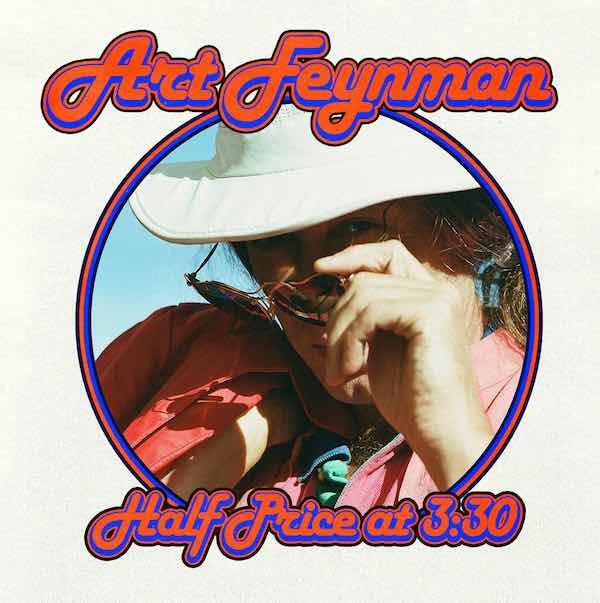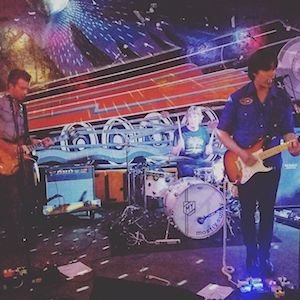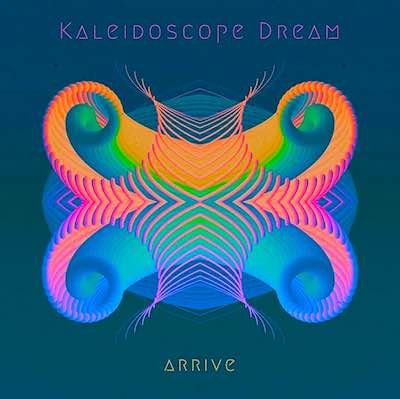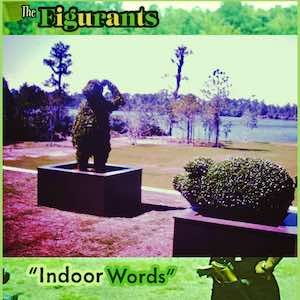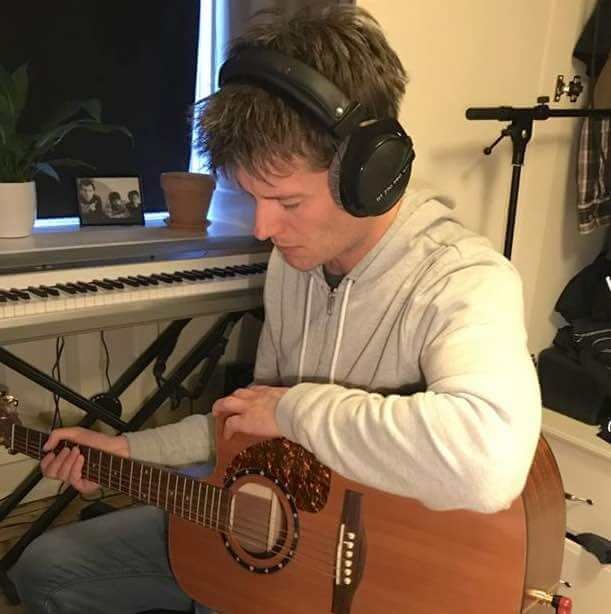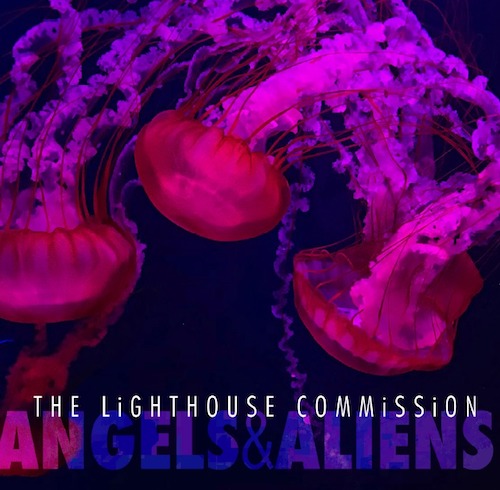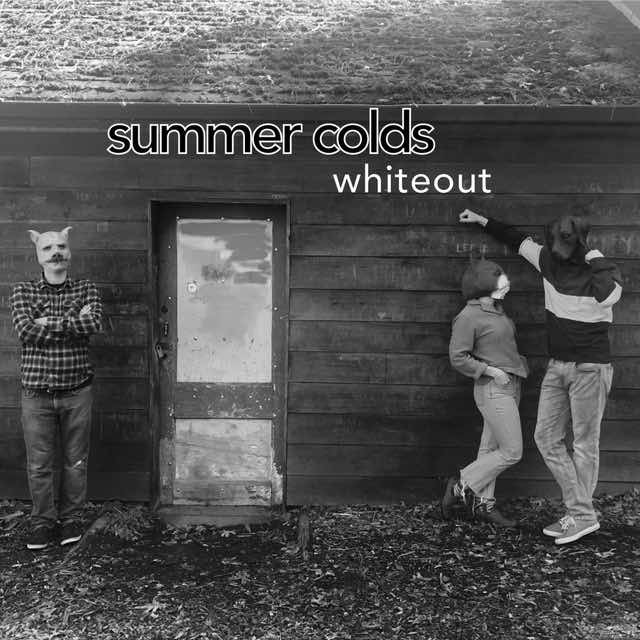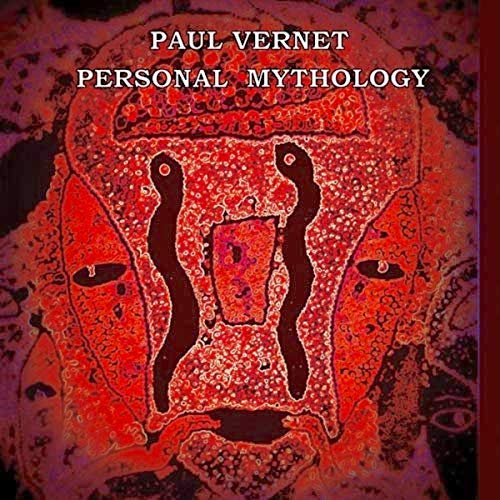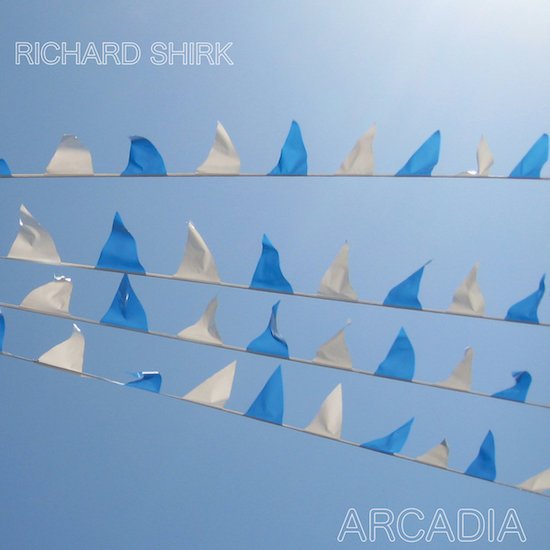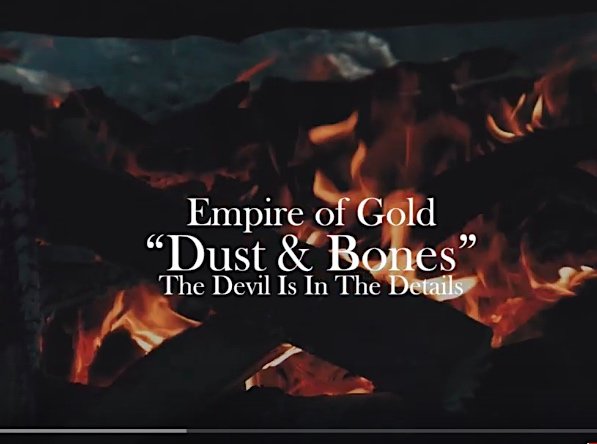Here’s another blazing indie rock genre-bending and blending playlist of new singles from indie bands across the U.S. and a…
Author: Rick Sosa
San Diego Band The Mulroys Drop New Single, “The Signs”
California indie rock band The Mulroys (formerly Rollers) are back with a new advanced single, “The Signs,” from their upcoming…
Album Review: Kaleidoscope Dream’s Impressive Genre-Mixing Debut E.P.
Not long after returning to his North Carolina roots from a number of years drumming with bands out west, native…
Album Review: The Figurants’ Lo-Fi Alt. Rock-Pop L.P., ‘Indoor Words’
Seattle indie/alt rock band The Figurants have been featured in the past on IRC thanks to the band’s decidedly melodic,…
Album Review: Thomas Charlie Pedersen’s ‘Daylight Savings Hour’
Singer/songwriter and multi-instrumentalist Thomas Charlie Pedersen of the Danish indie/alt. rock band Vinyl Floor, recently dropped his second solo album,…
Radar Love: Nashville’s Damned Rivers
Recently, the Nashville-based DIY band Damned Rivers released their 12-track Americana folk-rock debut album. The album, The Pugilist, is a…
IRC’s Top Indie Albums of 2019, Vol. II: The Lighthouse Commission
The Lighthouse Commission’s debut album, Angels & Aliens, is one the first in a series of DIY/indie/alt albums of 2019…
Album Review: Summer Colds’ ‘Here Comes Nothing’
It has been a big year for Ashland, Oregon indie rock/power pop trio Summer Colds. The increasingly popular band dropped…
New Single from Woodstock Musician Paul Vernet
Paul Vernet is a seasoned rocker as well as a new-century indie musician. He is not a classic rock troubadour…
Album Review: Richard Shirk’s ‘Arcadia’
Before you agree that streaming music killed the cult band, consider the strange tales spun in song by Oakland songwriter,…
Creepy New Music Video ‘Dust & Bones’ from Portland Musician Empire of Gold
Portland musician Empire of Gold (EoG) has dropped a new dark, creepy, horror film-like new music video for his slow-burning…
Arcade Fire Celebrates 15th Anniversary of the Landmark LP, ‘Funeral’
It’s hard to believe that Canada’s Arcade Fire released their breakthrough album, Funeral, 15 years ago this week. The album…
